 Lost Forty Vat Room
Lost Forty Vat Room
Entry Category: Folklore and Folklife
 Lost Forty Vat Room
Lost Forty Vat Room
Lost Louisiana Mine
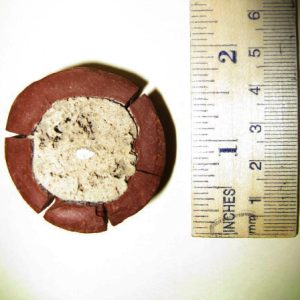 Madstone
Madstone
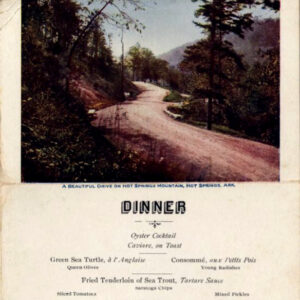 Majestic Hotel Menu
Majestic Hotel Menu
Malnutrition
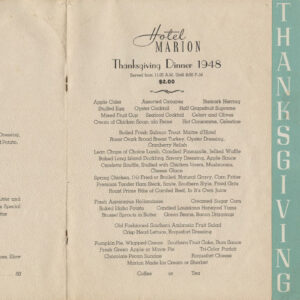 Marion Hotel Menu
Marion Hotel Menu
McClard’s Bar-B-Q
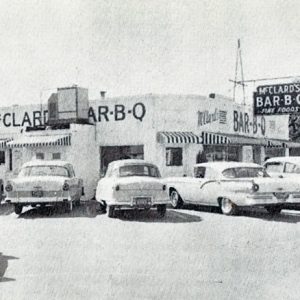 McClard's Bar-B-Q
McClard's Bar-B-Q
McNeil, W. K.
aka: William Kinneth McNeil
Meyer, Rhena Salome Miller
aka: Goat Woman of Smackover
Miller, Nick
Minute Man
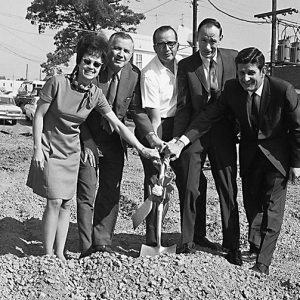 Minute Man Groundbreaking
Minute Man Groundbreaking
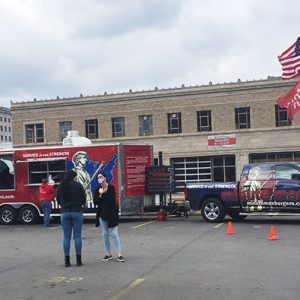 Minute Man Food Truck
Minute Man Food Truck
 Minute Man Menu
Minute Man Menu
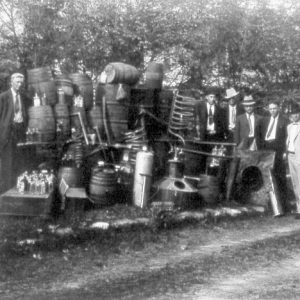 Moonshine Still
Moonshine Still
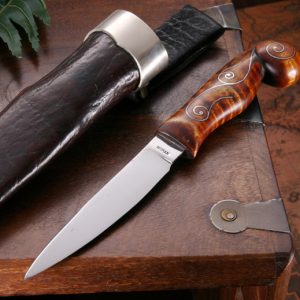 Moran Knife
Moran Knife
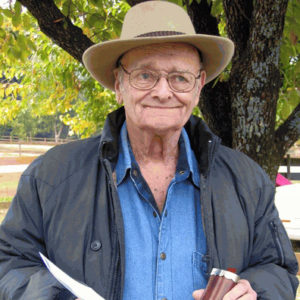 Bill Moran
Bill Moran
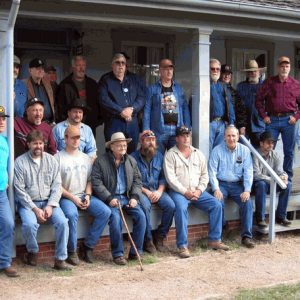 Bill Moran School of Bladesmithing
Bill Moran School of Bladesmithing
Mount Bethel Winery
 Mount Bethel Winery
Mount Bethel Winery
 Mr. Big Dill
Mr. Big Dill
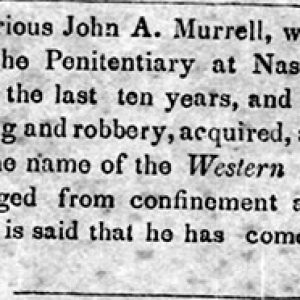 John A. Murrell Article
John A. Murrell Article
Murrell, John Andrews
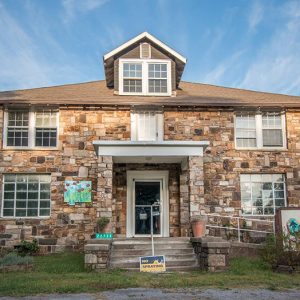 Muxen Building
Muxen Building
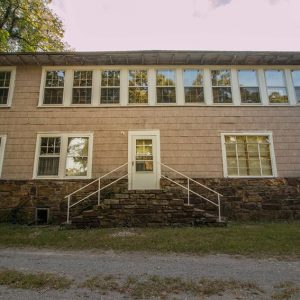 Muxen Building Rear
Muxen Building Rear
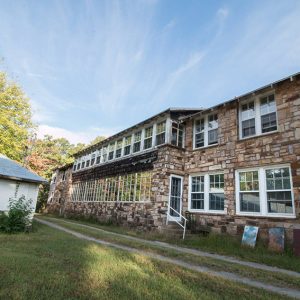 Muxen Building Side
Muxen Building Side
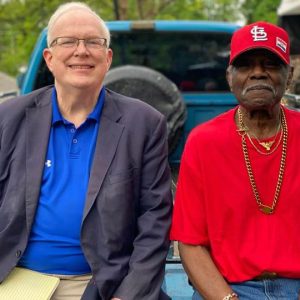 Nelson and Jones
Nelson and Jones
Official State Cooking Vessel
aka: Dutch Oven
Ohio Club
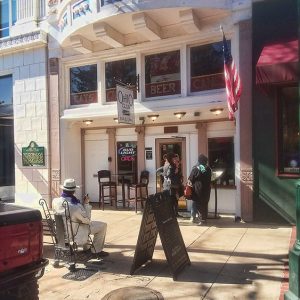 Ohio Club
Ohio Club
 Ohio Club
Ohio Club
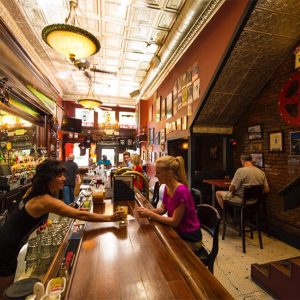 Ohio Club Interior
Ohio Club Interior
Old Mike
Old South Restaurant
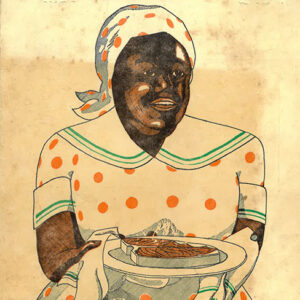 Old South Restaurant Menu
Old South Restaurant Menu
 Original Minute Man
Original Minute Man
Outhouses
Ozark English
Ozark Folk Center State Park
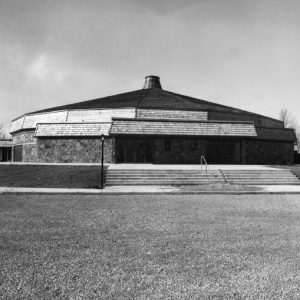 Ozark Folk Center State Park
Ozark Folk Center State Park
Ozark Folklore Society
aka: Arkansas Folklore Society
Ozark Folkways
Ozark Vernacular Architecture
 Paddlefish Roe
Paddlefish Roe
 Mary Parler
Mary Parler
Parler, Mary Celestia
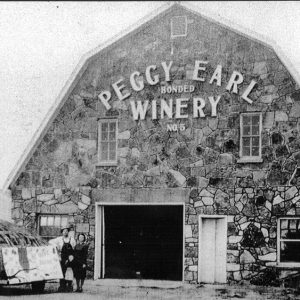 Peggy Earl Winery
Peggy Earl Winery
 Pep-Up Label
Pep-Up Label




